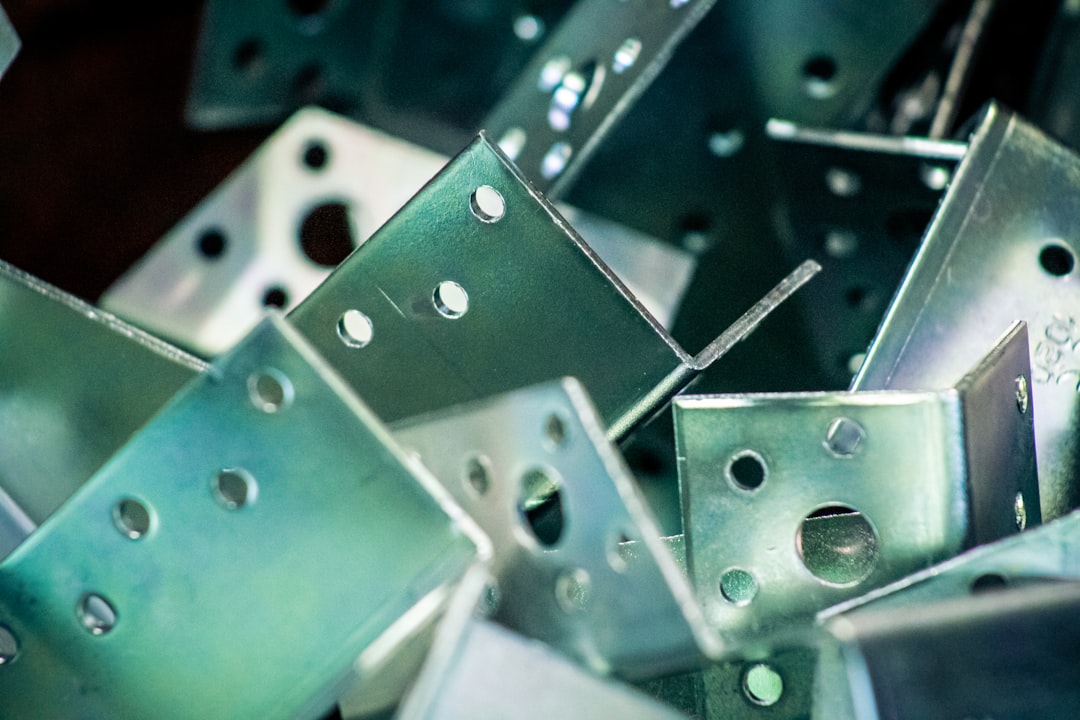The scrap metal industry, often overlooked, plays a crucial role in global resource management and economic sustainability. From powering our electronics to constructing our infrastructure, recycled metals are indispensable. Understanding the intricacies of this market is key for anyone involved – from scrap yards to manufacturers, investors, and even environmentally conscious consumers.
The Ever-Shifting Landscape of Scrap Metal Prices
Scrap metal prices are notoriously volatile, influenced by a complex interplay of factors. Global economic conditions significantly impact demand. A booming construction sector, for instance, will drive up demand for steel scrap, leading to price increases. Conversely, economic downturns often result in lower prices due to reduced industrial activity. Commodity prices also play a critical role; the price of new metal directly influences the value of its recycled counterpart. For example, a surge in copper prices will generally lead to a corresponding increase in the price of copper scrap. Finally, supply and demand within specific geographic regions significantly impact local pricing. A surplus of a particular metal in one area might lead to lower prices compared to areas experiencing shortages.
Key Players Shaping the Scrap Metal Market
The scrap metal industry is populated by a diverse range of players, each contributing to the overall market dynamics. At the base are the scrap generators themselves – demolition companies, manufacturers, and even individual households. These generators then sell their scrap to scrap yards or processing facilities. These yards sort, process, and bale the scrap before selling it to larger intermediaries or directly to metal refineries and mills. Large multinational corporations play a significant role as buyers, often securing large volumes of scrap for their manufacturing processes. Finally, financial institutions and investors are increasingly involved, recognizing the potential for returns in this cyclical but essential industry. Understanding the relationships and power dynamics between these players is crucial to predicting market trends.
Types of Scrap Metal and Their Market Value
Not all scrap metal is created equal. Different types of metal command different prices based on their purity, demand, and ease of processing. Ferrous metals, primarily steel and iron, constitute a significant portion of the market due to their widespread use in construction and manufacturing. Non-ferrous metals, including aluminum, copper, brass, and zinc, are generally more valuable due to their higher intrinsic worth and specialized applications. Precious metals like gold, silver, and platinum are exceptionally valuable and represent a niche but lucrative segment. The market value for each type of metal fluctuates constantly, depending on the factors discussed earlier. Knowing the specific composition of scrap metal is crucial for accurate valuation and profitable transactions.
Technological Advancements and Their Impact on the Industry
Technological advancements are transforming the scrap metal industry, improving efficiency and sustainability. Automated sorting systems, for instance, are replacing manual labor, increasing processing speed and accuracy. Advanced metal analysis techniques allow for more precise identification and grading of scrap, leading to better pricing and reduced waste. The development of new alloys and recycling processes is also expanding the possibilities for using recycled metals in high-tech applications. These innovations not only boost profitability but also contribute to a more environmentally responsible approach to resource management. Companies that embrace these technologies are better positioned to thrive in the competitive scrap metal market.
The Future of the Scrap Metal Industry: Sustainability and Innovation
The future of the scrap metal industry is bright, driven by growing environmental concerns and the increasing demand for sustainable materials. The circular economy model, emphasizing reuse and recycling, is gaining momentum globally, leading to increased demand for recycled metals. Governments are implementing policies to promote recycling and reduce reliance on virgin materials, further bolstering the industry. Innovation in recycling technologies will continue to play a vital role, improving efficiency and expanding the range of recyclable materials. Investing in research and development in this field is crucial for ensuring the long-term sustainability and profitability of the scrap metal industry. The industry’s future is inextricably linked to the global commitment to sustainability, making it a sector worth watching closely.
Keywords: Scrap metal, metal recycling, scrap metal prices, scrap metal market, recycling industry




